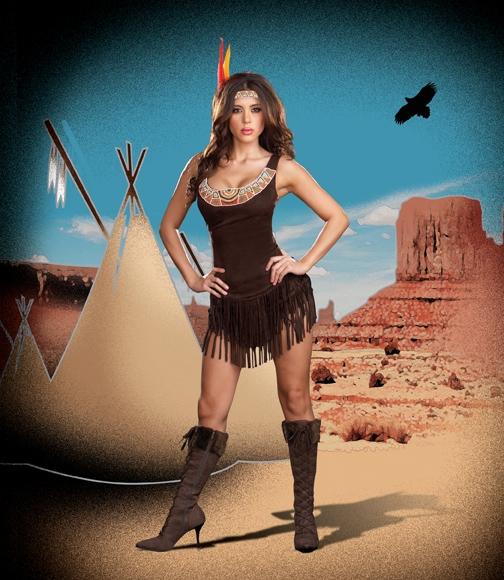My Top Ten Microaggressions Against Indians

Armed aggression against the Indigenous People of the U.S. ended as stated policy of the government in 1890 after the young technology of photography showed the truth of the “heroic battle” at Wounded Knee Creek. Medals of “Honor” were handed out but the cameras displayed the stacks of frozen bodies, noncombatants from small children to the sick and elderly Chief Uŋpȟáŋ Glešká.
Physical violence in modern times still infects reservation border towns and Indians are subjected to the same differential policing as Hispanics and African-Americans. Even when not being brown in a no-brown zone, Indians still are reminded in subtle ways they are not white people. Our children are still confronted with all stereotypes all the time.
Chester Pierce, a psychiatrist at Harvard, coined the term “microaggressions” in 1970 to describe the petty verbal “otherings” that keep people defined outside the four corners of normality. Microaggressions are used against classes of people with less power to the end of keeping them in their place. Donald Trump’s continual reference to women in terms of physical appearance is an example, as is his tirade against the “Mexican judge” hearing the case against Trump University.
An undercurrent of microaggressions against Indians is that the dominant culture knows more about real Indians than we do. We are informed that the name of the Washington football team is an honor.
RELATED: In Praise of Mexican Judges (and Indian and Gay Ones, Too)
I am reminded of a fellow who looked me up at the courthouse to express his opinion that I should be ashamed of having a government job because Indians don’t pay taxes. When I protested that I’d paid income tax every year since I started getting a government check from the military at age 17, he had a new reason I ought not to be a judge. I was so ignorant of the law I thought Indians had to pay taxes!
Inspired by a recent crowdsourcing of microaggression examples at Fordham University that seemed short of American Indians, I want to offer some further examples.
Every one of these remarks has been addressed to me at least once and some more than once. I follow them with what I was thinking but usually did not feel free to say.
10. Indians can’t grow hair on their faces. (Sure wish that picture of my full blood g-grandfather would fit in my wallet.)
9. Do you live in a tipi? (No. Do you live in an igloo?)
8. What is your totem animal? (Beats me. Is yours the cuckoo?)
7. You speak English real good. (I think you mean really well.)
6. What do Indians think about __________? (How the hell should I know?)
5. Hau, Kola. (How can I break it to her that all Indians don’t speak Lakota?)
4. You sure you want to order firewater? (I didn’t order firewater. I ordered a frozen margarita, no salt.)
3. How did your hair get gray? (I used to think it was age, but you are reminding me that fielding goofy questions might do it as well.)
2. My grandmother was a Cherokee Princess. (Since there weren’t any princesses then, I hope there was only one woman faking it…but if that’s true, she sure got around.)
1. Are you a chief? Can I call you chief? (No. I’d rather you didn’t, but that never stopped all those other people. Do I try to draw the line and have him calling me Chief Jerk?)
I’m an old guy now, and while I figure this sort of stuff still goes on, my experiences are grossly out of date. If you have experienced microaggressions—understood as verbal reminders that you are different for reasons you can’t control, please note them in the comments section below this article.
If we get enough good ones, maybe we’ll send them to Trump for his edification. I am convinced that if Sen. Elizabeth Warren were Indian, he would still call her Pocahontas; as sure as he would call me Chief.
Read more at http://indiancountrytodaymedianetwork.com/2016/06/08/my-top-ten-microaggressions-against-indians-164734